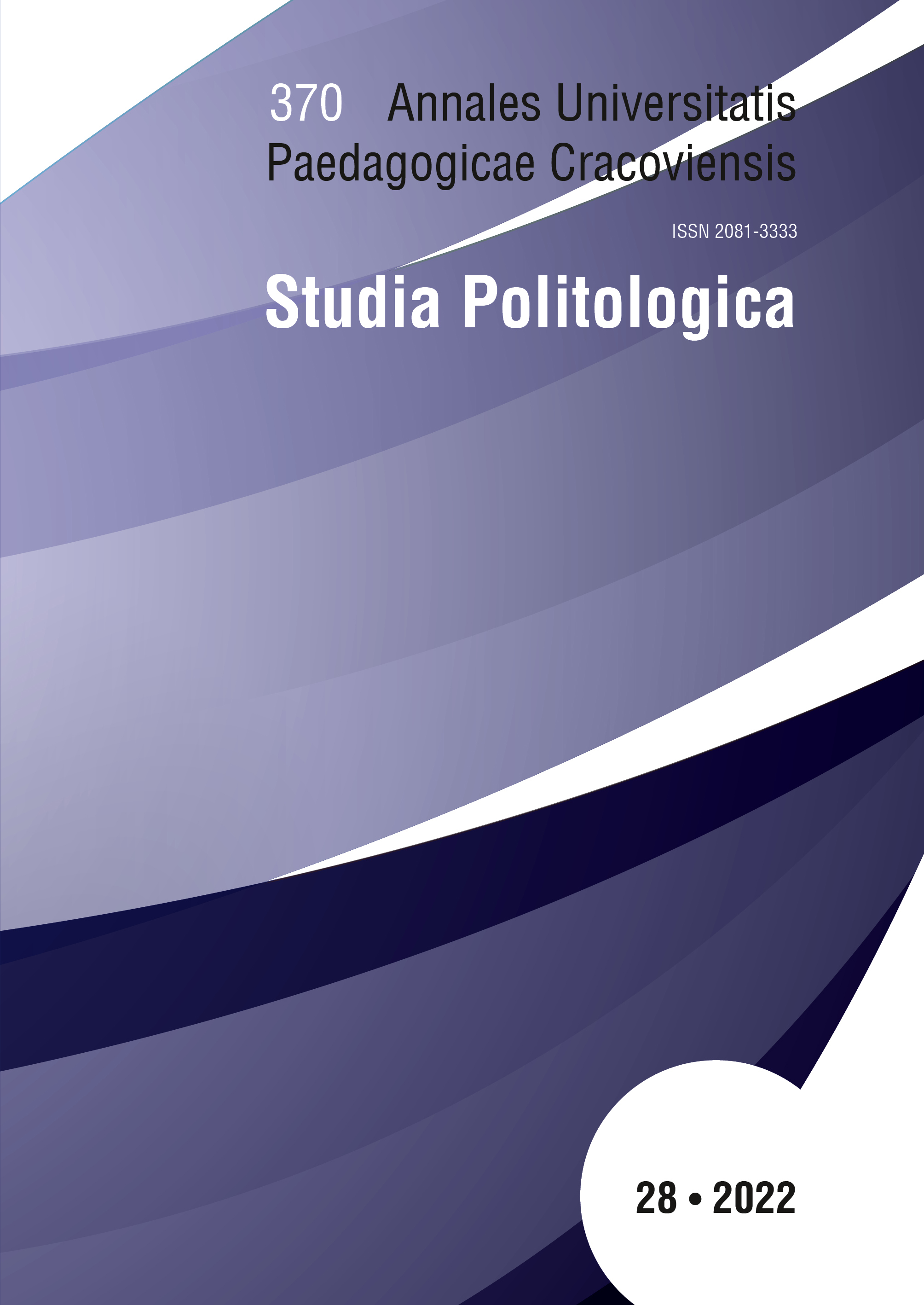Historyczno‑polityczne przesłanki reformy polskich służb specjalnych w latach 1989–1990
Keywords:
komunizm, opozycja, transformacja, służby specjalneAbstract
The security apparatus in People’s Poland played one of the main roles in the installation of communist power, its consolidation and organization of the repressive system. The security apparatus was created by the communists to perpetuate the power they introduced. The events of 1989 became a symbol of the breakthrough that was carried out in important segments of Poland’s functioning. The reform of secret services in 1989–1990 was one of the main challenges for Poland in the period of systemic transformation. The reform of the special services was to be one of the most important challenges, because the security apparatus of the People’s Republic of Poland functioned under the control of the USSR and was largely used to fight the opposition or the Church. The systemic transformation in Poland in 1989–1990 was a significant turning point in the further development of Polish secret services. One of the main tasks of the political and political transformation in Poland in the years 1989–1990 was the dissolution of the old services and the appointment of new ones. These services were to be politically neutral. Parallel to the development of democracy in Poland, it was important that the shaping of the tasks and powers of the new services took into account the ongoing political and social changes, both in the external and internal dimensions. In Poland after 1989, a process of significant changes was initiated consisting in the transition from a socialist society to a democratic society. At the beginning of the 1990s, it was believed that the changes were modernizing and were an attempt to move to proven Western variants.
Downloads
Published
Issue
Section
License
Redakcja przyjmuje do druku teksty oryginalne, wcześniej niepublikowane. Treść czasopisma jest dostępna na licencji Creative Commons (CC-BY-NC-ND 3.0 PL)
Licencja ta zezwala na wykorzystanie materiałów opublikowanych w czasopiśmie w celach niekomercyjnych np. komentarza, krytyki, informacji, archiwizacji, nauczania lub prowadzenia badań, z poszanowaniem aktualnie obowiązującego prawa autorskiego (ustawa z dnia 4 lutego 1994 r. o prawie autorskim i prawach pokrewnych Dz.U. 1994 nr 24 poz. 83 z poźn. zm.). Zgodnie z wymogami licencji, konieczne jest dokładne podanie źródła cytowania lub parafrazowania oraz zachowanie tekstu w oryginalnej postaci (zakaz tworzenia utworów zależnych).

